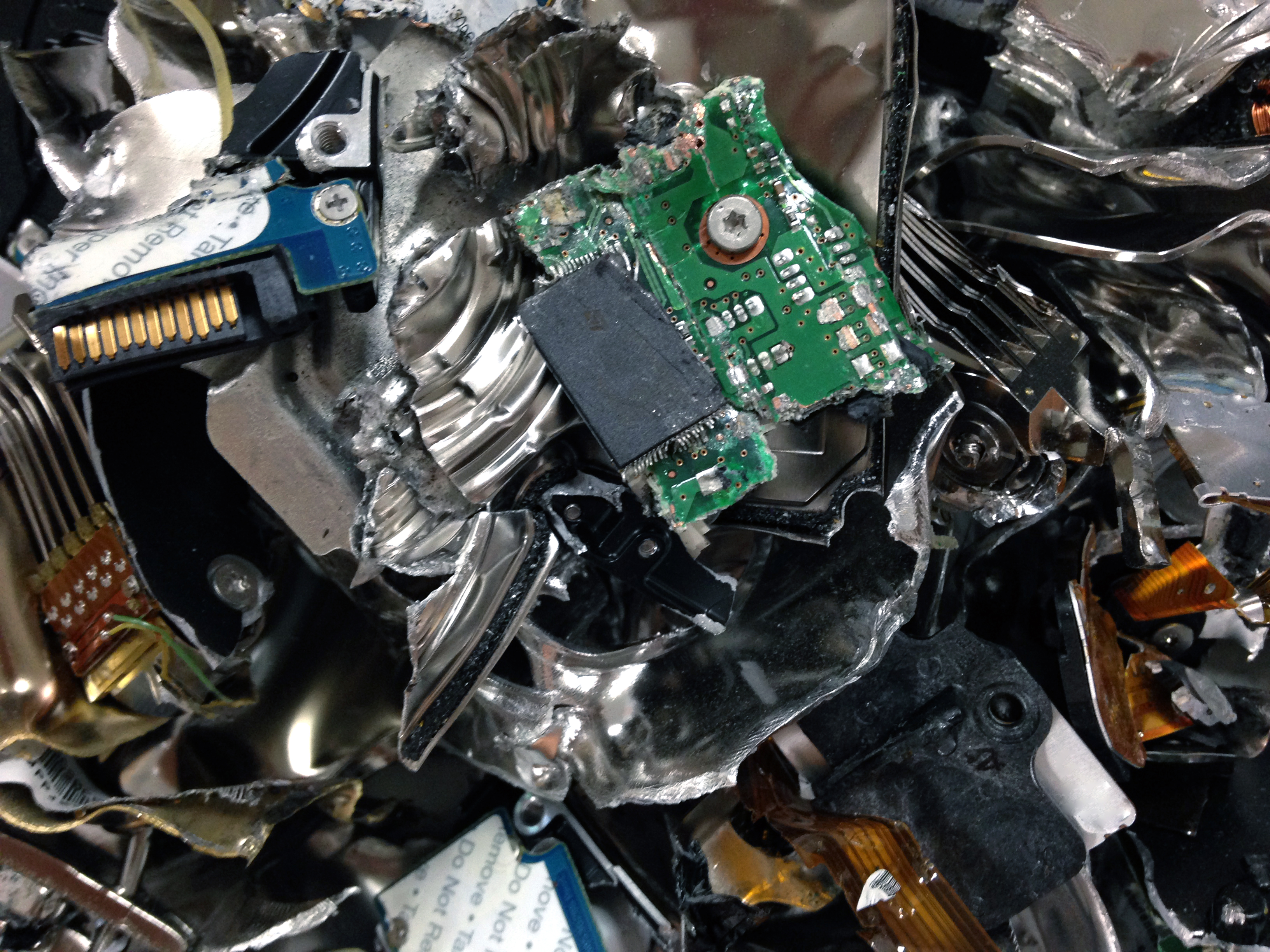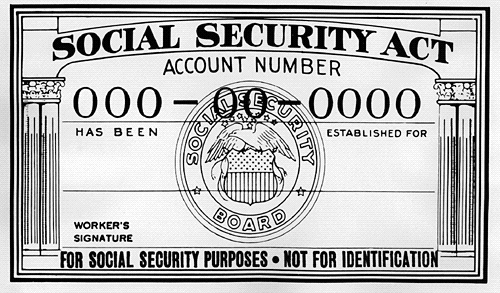|
Data Erasure
Data erasure (sometimes referred to as data clearing, data wiping, or data destruction) is a software-based method of overwriting the data that aims to completely destroy all electronic data residing on a hard disk drive or other digital media by using zeros and ones to overwrite data onto all sectors of the device in an irreversible process. By overwriting the data on the storage device, the data is rendered irrecoverable and achieves data sanitization. Ideally, software designed for data erasure should: #Allow for selection of a specific standard, based on unique needs, and #Verify the overwriting method has been successful and removed data across the entire device. Permanent data erasure goes beyond basic file deletion commands, which only remove direct pointers to the data disk sectors and make the data recovery possible with common software tools. Unlike degaussing and physical destruction, which render the storage media unusable, data erasure removes all information wh ... [...More Info...] [...Related Items...] OR: [Wikipedia] [Google] [Baidu] |
Data Remanence
Data remanence is the residual representation of digital data that remains even after attempts have been made to remove or erase the data. This residue may result from data being left intact by a nominal file deletion operation, by reformatting of storage media that does not remove data previously written to the media, or through physical properties of the storage media that allow previously written data to be recovered. Data remanence may make inadvertent disclosure of sensitive information possible should the storage media be released into an uncontrolled environment (''e.g.'', thrown in the bin (trash) or lost). Various techniques have been developed to counter data remanence. These techniques are classified as clearing, purging/sanitizing, or destruction. Specific methods include overwriting, degaussing, encryption, and media destruction. Effective application of countermeasures can be complicated by several factors, including media that are inaccessible, media that ... [...More Info...] [...Related Items...] OR: [Wikipedia] [Google] [Baidu] |
Firmware
In computing, firmware is a specific class of computer software that provides the low-level control for a device's specific hardware. Firmware, such as the BIOS of a personal computer, may contain basic functions of a device, and may provide hardware abstraction services to higher-level software such as operating systems. For less complex devices, firmware may act as the device's complete operating system, performing all control, monitoring and data manipulation functions. Typical examples of devices containing firmware are embedded systems (running embedded software), home and personal-use appliances, computers, and computer peripherals. Firmware is held in non-volatile memory devices such as ROM, EPROM, EEPROM, and flash memory. Updating firmware requires ROM integrated circuits to be physically replaced, or EPROM or flash memory to be reprogrammed through a special procedure. Some firmware memory devices are permanently installed and cannot be changed after manufacture. C ... [...More Info...] [...Related Items...] OR: [Wikipedia] [Google] [Baidu] |
CNET News
''CNET'' (short for "Computer Network") is an American media website that publishes reviews, news, articles, blogs, podcasts, and videos on technology and consumer electronics globally. ''CNET'' originally produced content for radio and television in addition to its website and now uses new media distribution methods through its Internet television network, CNET Video, and its podcast and blog networks. Founded in 1994 by Halsey Minor and Shelby Bonnie, it was the flagship brand of CNET Networks and became a brand of CBS Interactive through that unit's acquisition of CNET Networks in 2008. It has been owned by Red Ventures since October 30, 2020. Other than English, ''CNETs region- and language-specific editions include Chinese, French, German, Japanese, Korean, and Spanish. History Origins After leaving PepsiCo, Halsey Minor and Shelby Bonnie launched ''CNET'' in 1994, after website Yahoo! was launched. With help from Fox Network co-founder Kevin Wendle and forme ... [...More Info...] [...Related Items...] OR: [Wikipedia] [Google] [Baidu] |
Network World
International Data Group (IDG, Inc.) is a market intelligence and demand generation company focused on the technology industry. IDG, Inc.’s mission is centered around supporting the technology industry through research, data, marketing technology, and insights that help create and sustain relationships between businesses. IDG, Inc. is wholly owned by Blackstone and is led by Mohamad Ali, who was appointed CEO of the company in 2019. Ali serves on IDG, Inc.’s leadership team along with IDC President Crawford Del Prete, IDG, Inc.’s Chief Financial Officer Donna Marr, and Foundry President Kumaran Ramanathan. IDG, Inc. is headquartered in Needham, MA and is parent company to both International Data Corporation (IDC) and Foundry (formerly IDG Communications). History International Data Group was initially founded as International Data Corporate (IDC) in 1964 by Patrick Joseph McGovern, shortly after he had graduated from the Massachusetts Institute of Technology (MIT). Bas ... [...More Info...] [...Related Items...] OR: [Wikipedia] [Google] [Baidu] |
Laptop Theft
Laptop theft is a significant threat to users of laptop and netbook computers. Many methods to protect the data and to prevent theft have been developed, including alarms, laptop locks, and visual deterrents such as stickers or labels. Victims of laptop theft can lose hardware, software, and essential data that has not been backed up. Thieves also may have access to sensitive data and personal information. Some systems authorize access based on credentials stored on the laptop including MAC addresses, web cookies, cryptographic keys and stored passwords. According to the FBI, losses due to laptop theft totaled more than $3.5 million in 2005. The Computer Security Institute/FBI Computer Crime & Security Survey found the average theft of a laptop to cost a company $31,975. In a study surveying 329 private and public organizations published by Intel in 2010, 7.1% of employee laptops were lost or stolen before the end of their usefulness lifespan. Furthermore, it was determined that t ... [...More Info...] [...Related Items...] OR: [Wikipedia] [Google] [Baidu] |
Iomega REV
REV is a removable hard disk storage system from Iomega. The small removable disks store 35, 70, or 120 gigabytes (GB) and are hard-drive technology. Like a standard hard drive, the REV system uses a flying head to read and write data to a spinning platter. The removable disks contained the platter, spindle, and motor, while the drive heads and drive controller are contained within the REV drive. The drives allow for data transfer rates of about 25 megabytes (MB) per second. The REV was available as an external desktop model with FireWire, SCSI or USB 2.0 interfaces, an internal model with SCSI, ATAPI, or SATA interfaces, or an external server model which features a cartridge autoloader and SCSI interface. Iomega also offered a 320 GB network-attached storage appliance which features a built-in REV. The drives are compatible with Macintosh, Windows, and Linux operating systems, although some only with particular models or interfaces. This product, especially the server model, was ... [...More Info...] [...Related Items...] OR: [Wikipedia] [Google] [Baidu] |
Iomega Zip Drive
The Zip drive is a removable floppy disk storage system that was introduced by Iomega in late 1994. Considered medium-to-high-capacity at the time of its release, Zip disks were originally launched with capacities of 100 MB, then 250 MB, and finally 750 MB. The format became the most popular of the superfloppy products which filled a niche in the late 1990s portable storage market. However, it was never popular enough to replace the -inch floppy disk. Zip drives fell out of favor for mass portable storage during the early 2000s as CD-RW and USB flash drives became prevalent. The Zip brand later covered internal and external CD writers known as Zip-650 or Zip-CD, despite the dissimilar technology. Overview The Zip drive is a "superfloppy" disk drive that has all of the -inch floppy drive's convenience, but with much greater capacity options and with performance that is much improved over a standard floppy drive. However, Zip disk housings are much thicker tha ... [...More Info...] [...Related Items...] OR: [Wikipedia] [Google] [Baidu] |
Flash Memory
Flash memory is an electronic non-volatile computer memory storage medium that can be electrically erased and reprogrammed. The two main types of flash memory, NOR flash and NAND flash, are named for the NOR and NAND logic gates. Both use the same cell design, consisting of floating gate MOSFETs. They differ at the circuit level depending on whether the state of the bit line or word lines is pulled high or low: in NAND flash, the relationship between the bit line and the word lines resembles a NAND gate; in NOR flash, it resembles a NOR gate. Flash memory, a type of floating-gate memory, was invented at Toshiba in 1980 and is based on EEPROM technology. Toshiba began marketing flash memory in 1987. EPROMs had to be erased completely before they could be rewritten. NAND flash memory, however, may be erased, written, and read in blocks (or pages), which generally are much smaller than the entire device. NOR flash memory allows a single machine word to be written to an era ... [...More Info...] [...Related Items...] OR: [Wikipedia] [Google] [Baidu] |
Universal Serial Bus
Universal Serial Bus (USB) is an industry standard that establishes specifications for cables, connectors and protocols for connection, communication and power supply (interfacing) between computers, peripherals and other computers. A broad variety of USB hardware exists, including 14 different connector types, of which USB-C is the most recent and the only one not currently deprecated. First released in 1996, the USB standards are maintained by the USB Implementers Forum (USB-IF). The four generations of USB are: USB 1.''x'', USB 2.0, USB 3.''x'', and USB4. Overview USB was designed to standardize the connection of peripherals to personal computers, both to communicate with and to supply electric power. It has largely replaced interfaces such as serial ports and parallel ports, and has become commonplace on a wide range of devices. Examples of peripherals that are connected via USB include computer keyboards and mice, video cameras, printers, portable media players, ... [...More Info...] [...Related Items...] OR: [Wikipedia] [Google] [Baidu] |
Server (computing)
In computing, a server is a piece of computer hardware or software (computer program) that provides functionality for other programs or devices, called " clients". This architecture is called the client–server model. Servers can provide various functionalities, often called "services", such as sharing data or resources among multiple clients, or performing computation for a client. A single server can serve multiple clients, and a single client can use multiple servers. A client process may run on the same device or may connect over a network to a server on a different device. Typical servers are database servers, file servers, mail servers, print servers, web servers, game servers, and application servers. Client–server systems are usually most frequently implemented by (and often identified with) the request–response model: a client sends a request to the server, which performs some action and sends a response back to the client, typically with a result or acknowledg ... [...More Info...] [...Related Items...] OR: [Wikipedia] [Google] [Baidu] |
Social Security Number
In the United States, a Social Security number (SSN) is a nine-digit number issued to U.S. citizens, permanent residents, and temporary (working) residents under section 205(c)(2) of the Social Security Act, codified as . The number is issued to an individual by the Social Security Administration, an independent agency of the United States government. Although the original purpose for the number was for the Social Security Administration to track individuals, the Social Security number has become a ''de facto'' national identification number for taxation and other purposes. A Social Security number may be obtained by applying on Form SS-5, Application for a Social Security Number Card. History Social Security numbers were first issued by the Social Security Administration in November 1936 as part of the New Deal Social Security program. Within three months, 25 million numbers were issued. On November 24, 1936, 1,074 of the nation's 45,000 post offices were designated "typing ... [...More Info...] [...Related Items...] OR: [Wikipedia] [Google] [Baidu] |




